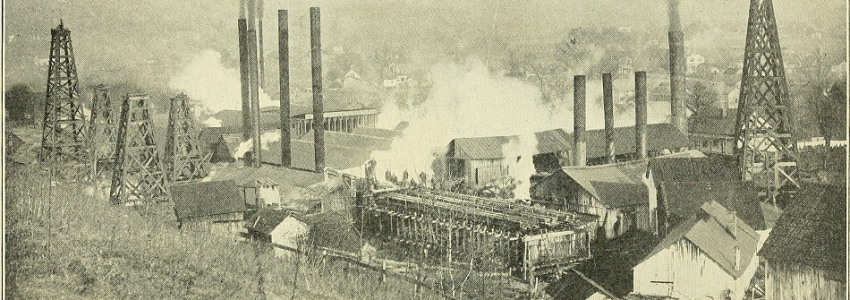
Kitmondo
31 Oct 2014
This article was originally published in the April 1907 edition of “Electrochemical and Metallurgical Industry” magazine. The publication of this material aims to provide historical insight on the subject and its place in industry.
About twenty years ago the question of iron ore supplies became serious, and at that time magnetic separation received considerable attention from Conkling, Ball and Norton, and others, with the idea of utilizing large bodies of magnetic iron ore which could only be made available by means of magnetic concentration.
Then came the rapid development of the immense bodies of Lake ore, of a quality which could advantageously be used in the blast furnace, and, except in certain restricted districts, interest in magnetic ores was lost. About the same time there was some hope that the magnetic iron ore deposits in Ontario would receive serious development, and indeed a number of fairly large shipments were made to the United States. But the development of the Lake ore bodies practically closed that market, and work on the Ontario mines declined to insignificance. In fact, the discovery of those same Lake Superior ore bodies has had an influence upon the metallurgical life of both Canada and the United States but little appreciated nowadays.
Solutions to Difficult Problems
In European countries, however, especially in Sweden, conditions were different. The supply of suitable ores ready for blast furnace use in their natural conditions was limited and low grade: in many cases highly phosphatic and sulphurous ores had to he used; consequently great efforts have been made to perfect concentrating methods. The attention of prominent engineers and metallurgists has been turned, with more or less success, towards the solution of the difficult problems involved in turning to account these ore supplies.
Mr. Gustaf Grondal's efforts in this direction, extending over a number of years, have been quite successful, the appliances and machinery invented by him for crushing, concentrating and briquetting low grade and impure iron ores being now so perfected as to constitute a complete commercial process - The Grondal Process. By these methods a great many hitherto practically valueless iron ores can be turned to excellent account by reason of the richness and purity of the concentrates and briquets produced, and the comparatively low cost of production.
Primarily The Grondal Process permits of the economic use of the many, in some cases immense, deposits of iron ore which are found in various places throughout the world, and which are unsuitable in their native state, owing to some objectionable characteristic, for economic blast-furnace practice, and the production of good quality pig iron. Usually, the objection to their use will be found to be one of the following: First, that the ore is too low in iron content; second, that it contains impurities which cannot be eliminated in the blast furnace; third, that it occurs in a mechanical condition unsuitable for blast furnace use, except to a limited extent: such as iron sands and small ores generally.
Among the ores which may be commercially utilized by the Grondal processes may be instanced:
- Magnetites of all kinds, including magnetic iron sands, containing as low as 25 per cent iron.
- Magnetites containing a high percentage of phosphorus and copper not chemically combined with the iron.
- Purple ore and pyrites residues.
- Nearly all kinds of iron ores containing a high percentage of sulphur.
- Flue dust.
The Grondal Concentrating Process
The scheme of treatment is briefly as follows :
- The ore is crushed dry to about J^-inch cube or thereabouts.
- Wet treatment in a Grondal ball mill, which reduces the ore from the crushed size to 10 to 100-mesh as may be found necessary.
- The ground pulp is passed through a Grondal magnetic separator where the non-magnetic particles are removed.
- The concentrates are pressed into briquets and heated in the Grondal briquetting kiln, from which they issue as hard, porous, easily reducible, ferric oxide briquets, with a minimum percentage of sulphur.
Photo Credit: Internet Archive Book Images
















